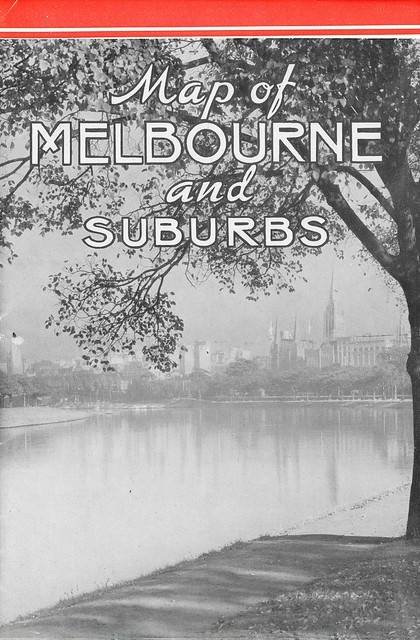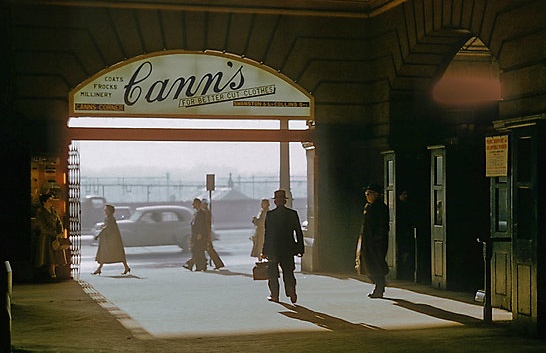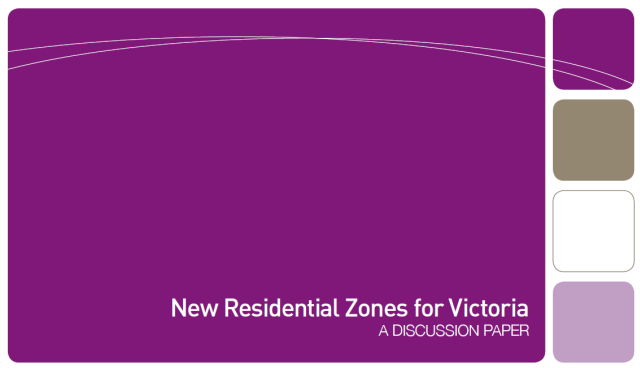
This post was originally written for the August 2013 issue of Planning News and hence was a bit constrained for length. My full submission, with quite a bit more detail, is here.
The new VicSmart provisions, announced during July and currently open for comment, are the culmination of a long push towards implementing two closely related reforms: code assessment and a fast-track permit process. These ideas have been central to the planning reform agenda of DTPLI and its predecessors for some time. August marks seven years since code assessment was put on the reform agenda by the Cutting Red Tape in Planning report, and ten since Better Decision Faster floated a “short permit process.”
Throughout that time the measures have been sold in terms that make them hard to argue with. Certainty! Speed! Efficiency! Yet in the absence of the specifics it has been unclear how the Department would resolve the challenges to realising such a best of all-possible-worlds outcome.
Now, with the release of draft provisions, we have our answers. VicSmart is code assessment… only without any codes. And Councils are expected to drive this engineless car very fast indeed.







